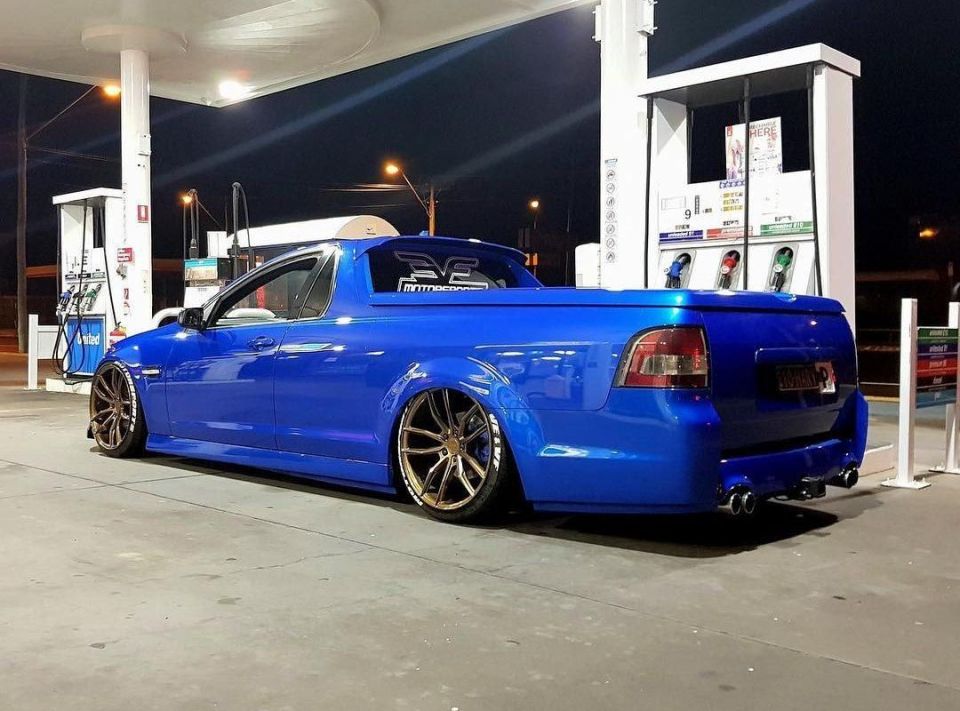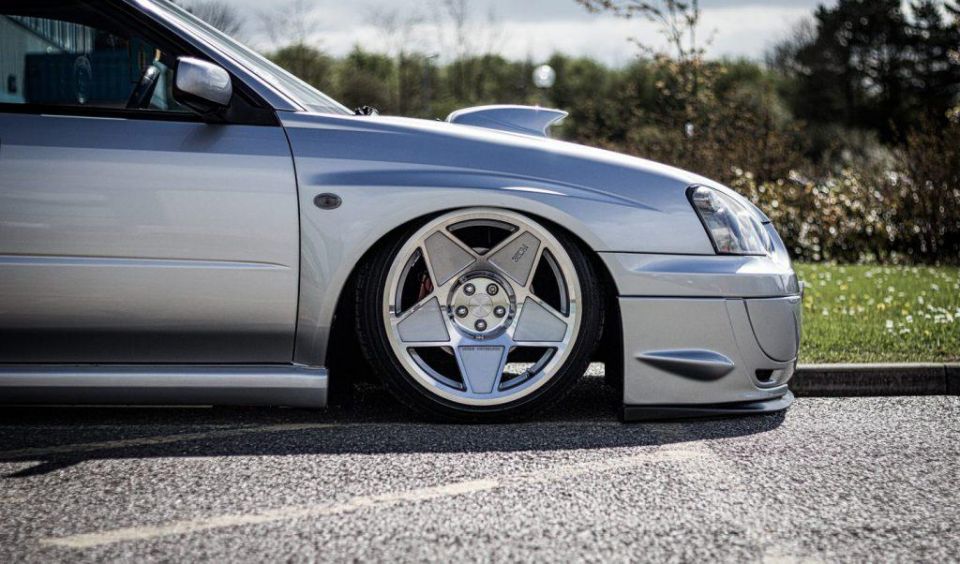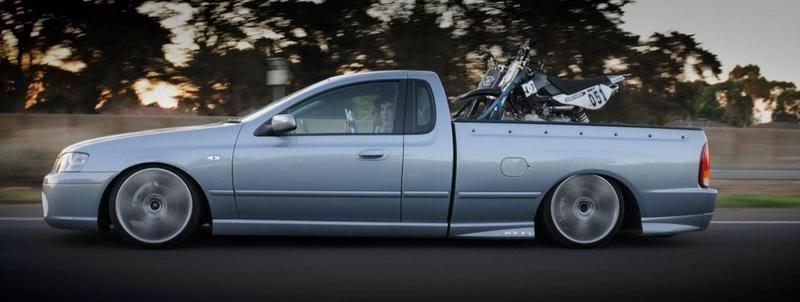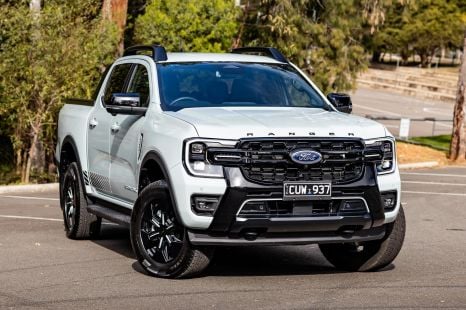

Max Davies
3 Days Ago
There are different laws across the country that govern what you can and can’t do when you’re planning to lower your vehicle.

Senior Contributor


Senior Contributor
Lowering your car has traditionally been an easy way to help improve the its handling, with a lowered centre of gravity aiding the road-holding ability of the vehicle.
But there are different laws across the country that govern what you can and can’t do when you’re planning to lower your vehicle.
This story will not detail every single minute detail for all states and territories, so if you are planning to lower your vehicle but you’re not sure what the local rules are, be sure to consult the relevant documentation for your jurisdiction, and / or consult a mechanic or vehicle certifier to figure out what you can and can’t do to achieve your ideal outcome.

The well-known measurement when it comes to vehicle lowering is 100mm. That’s what the Australian Design Rules (ADR 43) states is the acceptable level of ground clearance. Specifically “any point in the width of the vehicle which is within one metre fore and aft of any axle” there must be 100mm of clearance between the vehicle and a flat surface. Wheels and mudflaps don’t count for this measurement, however.
Queensland Police are forward in their approach to this measurement. They have a measuring wheel that can determine if a car has less than 100mm of clearance, and suggest that if you aren’t sure if your car is too low, “a simple block of wood cut to 100mm and run underneath your vehicle at home would be a simple alternative”.
Further reading should include the National Code of Practice for Light Vehicle Construction and Modification (NCOP), is published by the Australian Government department of infrastructure, transport and vehicles. That document incorporates sets of live, changeable guidelines for vehicle modifications.
According to the department’s site: “The National Code of Practice for Light Vehicle Construction and Modification (VSB 14) has been prepared by members of the Australian Motor Vehicle Certification Board Working Party in consultation with industry, user groups, government agencies and individuals with an interest in modifying light vehicles and/or building individually constructed light vehicles (ICVs).”
Citing VSB 14, Section LS – Suspension and Steering – it is stated that “basic modifications not requiring certification” includes lowering a vehicle, provided the “total change in vehicle height resulting from all modifications performed, does not exceed 50mm.”

Further, the following is fine, and doesn’t need certification: “Lowering and raising suspensions (by not more than one third of the original suspension travel provided the original vehicle height is not increased or decreased by more than 50mm).”
So why do people lower their cars? It could be to improve the driving experience, to enhance the appearance of the car, or both. Some people will also claim that a lower car will offer better fuel consumption and efficiency, and while there may be some merit to that, it isn’t going to fly with a police officer if your exhaust system was sparking along the roadway.
Lowered suspension typically offers a harder or firmer ride characteristic, meaning a more rigid experience for those inside the car, but the plus side is a more assertive drive and improved dynamism in corners.
Victoria’s Vehicle Standards Information sums it up succinctly: “Lowering or raising the ride height of a vehicle by altering its suspension will alter the amount of suspension travel. For example, lowering a vehicle by fitting shorter springs will reduce the amount of available suspension travel in the ‘bump’ or upward direction. Similarly raising a vehicle by fitting longer springs will reduce the amount of available travel in a downwards or ‘droop’ direction.”
It is worth pointing out that if you have a brand-new car, or a vehicle that is still under the new-car warranty, you should check the fine print in the documentation, as a modification such as lowered suspension may void your warranty cover.
As you’d expect, sportier cars are more likely to be lowered, but there are modification scenes where people will lower their utes or SUVs to get a certain stance, and they might do that by installing lowered springs (which are shorter suspension springs that decrease the ride height), or replacing the suspension entirely with a different type of setup – be it coil-over suspension, or perhaps airbag suspension setups.
There are other ways of doing it. Some vehicles can be fitted with lowering blocks, and some modifiers with vehicles equipped with leaf springs may choose to reduce the number of leaves in the suspension. However, a ute with three leaf springs instead of five would be less capable of carrying a heavy load, but would look lower if a load was in the tray.
Other unconventional ways of lowering a car include ‘chopping’ the car’s suspension springs – but that is both dangerous and defect-worthy.
Indeed, there are rules around how low you can make your car, though.
Some jurisdictions state that you are allowed to legally adjust the ride height of your vehicle by +/-50mm (1.9685 inches), which could explain why the most marketed lowered height for car springs when you’re shopping for them is a “two-inch lowered spring”.
Another example, in NSW the Light Vehicle Modifications guidelines state it is legal to adjust the ride height of a vehicle, so long as you do it within certain parameters: “Altering vehicle ride height by more than one third of the manufacturer’s suspension travel in the direction of the ride height change.” The guidelines further state that you do not require certification (sign off by a person accredited as a licensed certifier on the TfNSW Vehicle Safety and Compliance Certification Scheme [VSCCS]), for the following:
However, there are some bigger jobs that will require sign-off by a certifier, including:
There is a common ruling across the country when it comes to legal ride height – that is, a minimum running clearance of 100mm is required. If you have a lowered car that drives but only has 90mm of clearance, you can expect to be defected and/or fined.
For airbag suspension, Victoria states that it is “acceptable” so long as it has been certified (VASS Approval Certificate), and so long as: “the ride height of an individual wheel or axle cannot be altered while the vehicle is in motion; at least two thirds of the original suspension travel in either direction is retained at all selectable ride heights while the vehicle is in motion; the original attitude of the vehicle is maintained at all selectable ride heights while the vehicle is in motion”.
Airbagged cars must also meet the 100mm running clearance while moving, “and when parked”.
As mentioned, there are more specific details around lowering rules and laws depending on where you live. If you intend to lower your car, make sure you do it in a legal and responsible way. Not intended as legal advice. Check with the relevant roads authority in your state or territory.
Matt has more than a decade of experience in automotive journalism, and loves exploring the pros and cons of new cars, delving into deep-dive industry stories, and going for a drive just for the fun of it.


Max Davies
3 Days Ago


Matt Campbell
3 Days Ago


Matt Campbell
2 Days Ago


Alborz Fallah
1 Day Ago


William Stopford
19 Hours Ago


James Wong
10 Hours Ago